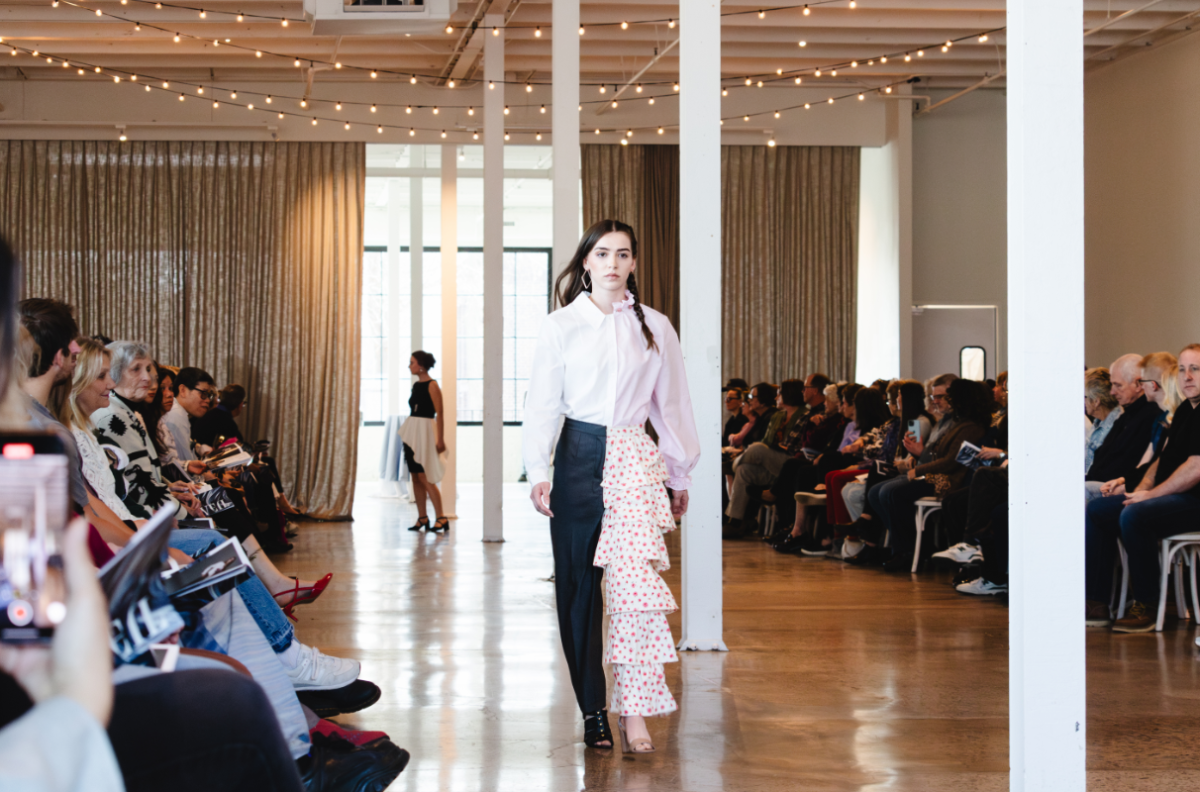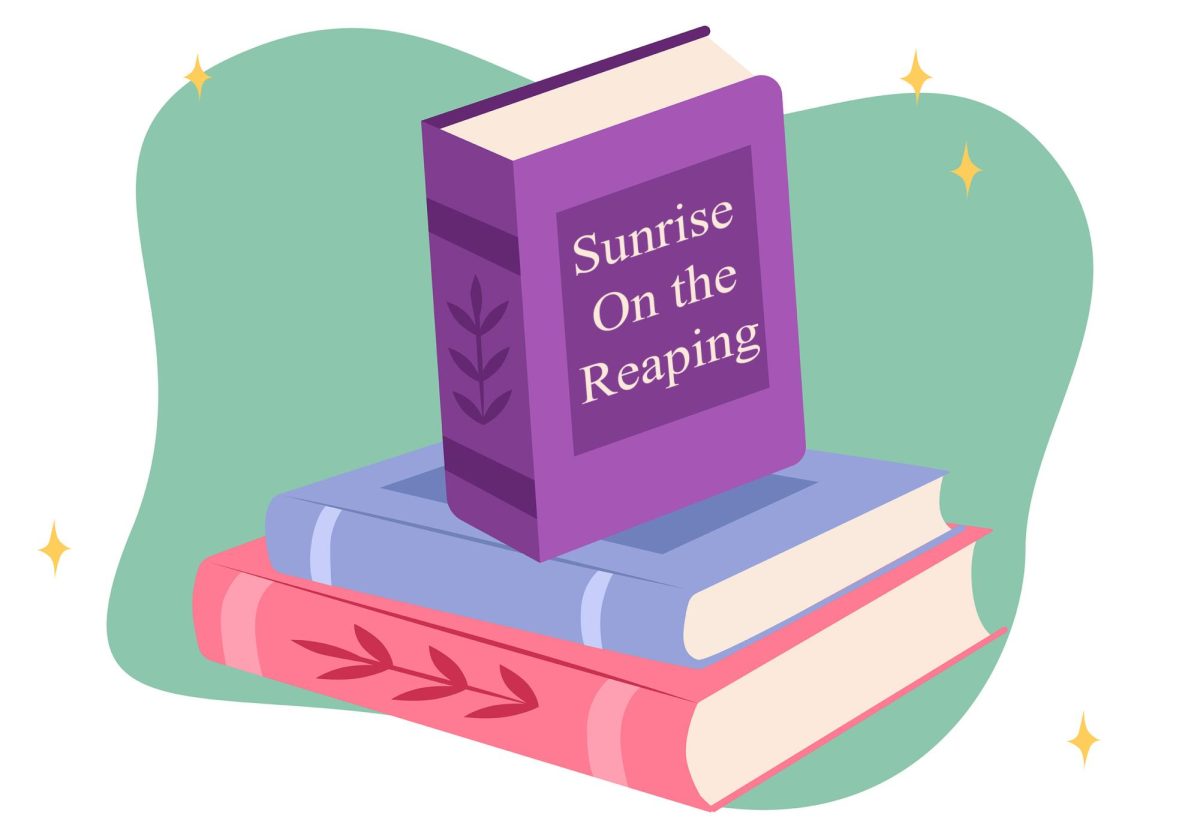What: “Doubt”
When: 7:30 p.m., Tuesday and Thursday; 8 p.m., Saturday; 2 p.m.,Sunday
Where: Ordway Center for the Performing Arts, 345 Washington St., St. Paul
Cost: $20-$200
John Patrick Shanley’s “Doubt” is a story about knowing. What can we really know about what goes on outside our own head? The new opera poses this question within the confines of a Bronx-area Catholic school in 1964.
The piece began its life as a play in 2004 that met critical acclaim, winning both the Tony Award for best play and the Pulitzer Prize for Drama, and continued thriving in its second life as a film in 2008. Entering its third form of existence, the opera begs the question — is it worth the retell?
The story is definitely relevant to modern times, detailing the moral battle between Sister Aloysius (played by Christine Brewer) and Father Flynn (Matthew Worth). She accuses the priest of having an inappropriate relationship with a student, and the plot thickens as evidence piles up against both characters in the swirling dust of the school’s conference room.
This production successfully communicated the nuanced ambiguity of the original through the cast’s acting and vocal strength. Brewer’s standout performance created a strong journey for her character with a reedy, bell-clear soprano and curmudgeonly persuasive demeanor. Her work was reactionary and in the moment of each scene, illuminating the depth of Aloysius.
Other highlights in the cast include the cello-voiced Worth’s charmingly mysterious Flynn and the University of Minnesota’s own Adriana Zabala, whose air-light tonality and earnest nature gave dimension to Aloysius’ innocent protégé, Sister James.
One of the major issues in “Doubt” was Shanley’s libretto and its relationship with Douglas J. Cuomo’s music. The text of the opera almost completely borrows from the play, and in the context of sweeping, diatonic arias, the words lose the play’s rhythmic impact. Phrases like, “Look at my nails. They’re long. I like them a little long, but look at how clean they are. That makes it OK,” sounded genuinely ridiculous coming out of Worth’s mouth against the busy dissonance of Cuomo’s orchestration.
This problem occurred throughout the entire piece and reflected the main issue of it all: “Doubt” is meant to be a play. While the strength of the cast managed to pull off delineating the theme, the grand production value that goes hand-in-hand with an opera in a venue as massive as the Ordway gave it a heavy-handed, almost didactic aesthetic. When a production’s concluding scene includes a giant Christ figure above a children’s choir endlessly repeating the word “noel” to get its “ambiguous” point across until cut off by a random, sliding violin chord, something isn’t working correctly.
So, is the existence of “Doubt: An Opera” merited? Perhaps uncertainty is worth looking at from multiple angles, but the only things that really worked about the third revamp were what had worked before: the characters, situations and message, which just might insinuate that the contemporary parable had already said what it needed to.













